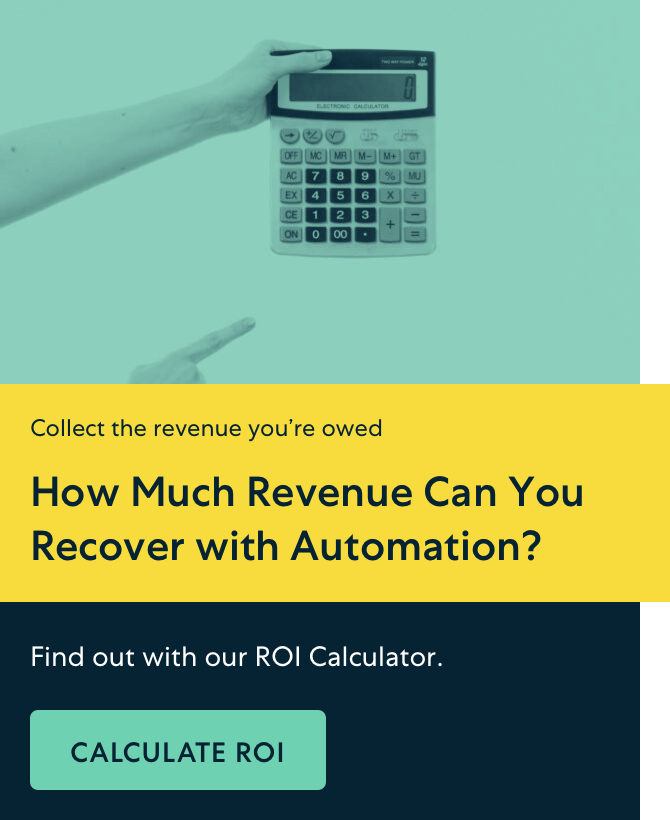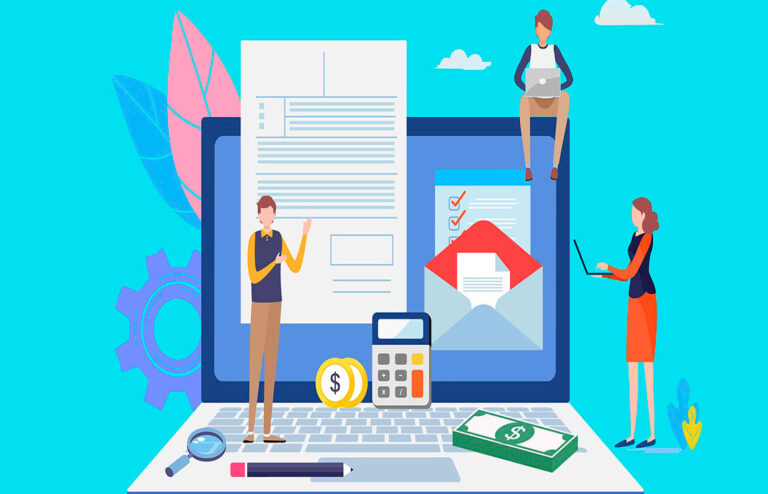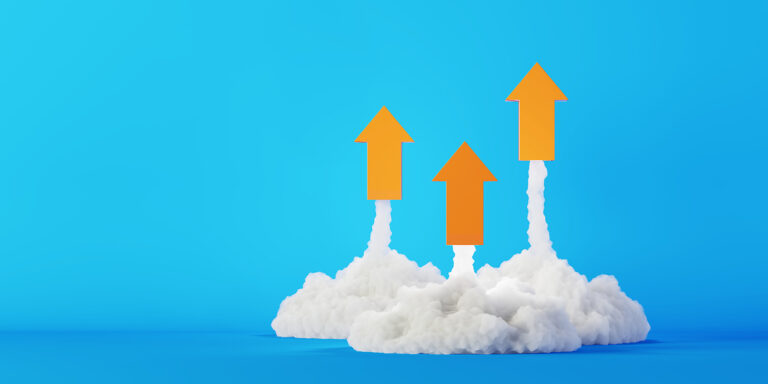Let’s be honest: paying bills isn’t sexy. For most of us, it’s anything but. But if you run a subscription-based business, then sending out invoices and collecting bills are an essential part of…well, staying in business.
Now, billing is more than just that. Even if it feels like a rinse-and-repeat activity, that’s exactly why you may need to take a critical look at your current receivables management set-up.
Billing, when done right, is efficient. Iit improves time management, cash flow, the user experience, and so much more. A stellar bill collection software solution won’t just benefit your company, but also your customers and suppliers. So if you’re an expanding business and don’t know how you could benefit from an all-in-one subscription billing solution, or simply have no idea where to begin with integrating automated billing collections into your existing tech stack, don’t worry: we’ve got your back.
TL;DR
- Bill collection software helps SaaS businesses better handle subscriptions and recurring payments through the whole payment lifecycle. Meanwhile, leading solutions take things a step further and offer a customer-centric approach and stronger financial health.
- Billing collection software can streamline and automate recurring payments and management, dunning management, payment integrations, and data analytics and reporting.
- When looking for bill collection solutions, factors to consider include security and compliance, usability and customization, and cost and pricing models.
What is Bill Collection Software?
Essentially, bill collection software helps SaaS businesses better handle subscriptions and recurring payments through the whole payment lifecycle. They do this by automating billing cycles, generating invoices, prorating billing, and collecting funds. And while automated billing collection should, at the very least, cover all things billing (including revenue recognition), leading solutions take things a step further and offer a customer-centric approach and stronger financial health.
What Are the Benefits of Automated Billing Collection Software?
While manual billing makes sense in early startup days, as your business grows, you’ll either need to keep hiring accounts receivable employees indefinitely, or settle for error-riddled invoices, both of which…aren’t exactly ideal. But if you choose to automate SaaS billing, you can save dozens of hours a week in manpower, all of which can be invested in improving the customer experience or finding new clients (or, frankly, whatever else you want to).
So, what exactly can billing collection streamline and automate for you? Here’s the top 4 benefits you might be missing out on.
- Recurring payments and management: At the bare minimum, the solution you choose should make billing collection as frictionless as possible. It should accept all standard payment options, and automate as many routine steps as possible: think sticking to payment schedules, pushing automated notifications to customers, tracking overdue invoices, generating reports, you name it.
- Dunning management: Did you know that failed or late payments cost an estimated $118 billion globally each year? A billing collection system can automatically retry failed payments, help update credit cards, and communicate with your customers, all to ensure you receive payments on time and reduce churn.
- Payment integrations: Whether you want to connect your CRM or ERP to your billing solution, find a provider that makes it easy as 1-2-3, ideally via a custom API your developers can work with. With a single source of truth for all collection activities, you can have multiple people working with and accessing your data, but only have it be changed from the source.
- Data analytics and reporting: Automating billing collection shouldn’t feel like shooting into the dark. With real-time analytics, your SaaS company can determine what strategies are and aren’t working, leading to data-driven decision making that can drive growth.
By opting for bill collection software, not only are you reducing the admin burden on your department (for example, it becomes much easier to automatically recognize revenue, which is a legal requirement), it also reduces the risk of human error. Plus, it’s easier to predict revenue and improve cash flow. On the customer side, subscription billing software makes payment easier and self-managed, and also gives your business more time (and insights!) to improve the customer experience. Now that’s what we call a win-win.
P.S. Curious what other benefits you could start reaping? Check out our blog post here.
What To Look For in Bill Collection Software
While we’ve covered some of the more important features you should be on the lookout for, here’s a few others to keep in mind if you’re considering making the switch to automated billing:
- Security and compliance: Repeat after me: We need to take security seriously. If you’re accepting credit card payments, then you must ensure compliance with PCI DSS standards. As you’re storing credit card numbers for recurring transactions, it’s critical you safeguard customer data to minimize security risks and data breaches. To avoid this, ensure your future provider is PCI compliant, and preferably meets Level 1 certification.
- Usability, customization and customer support: Is it easy to use your future billing collection solution? Evaluate this critically, not just from your perspective, but how it’ll be for customers. How easy is it to create customizable payment plans and reminders? How will this solution help you scale your business? And finally, don’t forget to find out what the set-up process is like, and what kind of support you’ll receive after. Do you have a dedicated account manager? How quickly are problems solved, should they arise?
- Cost and pricing models: Spend a good amount of time diving into this one so you have a clear understanding of what the total cost of ownership is. What pricing strategies do they use? Are there hidden fees (such as a monthly minimum or overage fee?) Choose a provider that’s transparent about how you’ll be charged, and that won’t punish you for growing too rapidly in the same billing cycle.
Choosing The Best Bill Collection Software
So…how do you make the final decision? Well, once you’ve arrived at a shortlist, based on the factors most important for you, check out what reviews they have on independent sites like G2 or Capterra to get the real scoop. After, you should ask for a trial or demo to see what it’s like in practice, and you can use the points above to cull the list further and arrive at your top pick. Then, all that’s left is to make the transition towards streamlined, automated bill collection.
The Stax Bill Difference
Stronger collections assurance, empowered customers, data management, in-depth reporting. These are just some of the benefits that Stax Bill can offer to take you beyond billing and increase your SaaS organization’s efficiency. And our clients speak for themselves.
Take construction software provider CoConstruct for example. They were able to recover $2000 a month in leaking revenue simply by switching to an automated billing platform. Or JustLogin, which increased productivity by 90% after switching to automated billing. The sky is the limit in terms of innovation with automated billing management, but you don’t need to take our word for it. Discover for yourself why a great bill collection software solution plays a vital role in improving efficiency in SaaS businesses.
Take your business to the next level. Schedule a demo with Stax Bill today.






